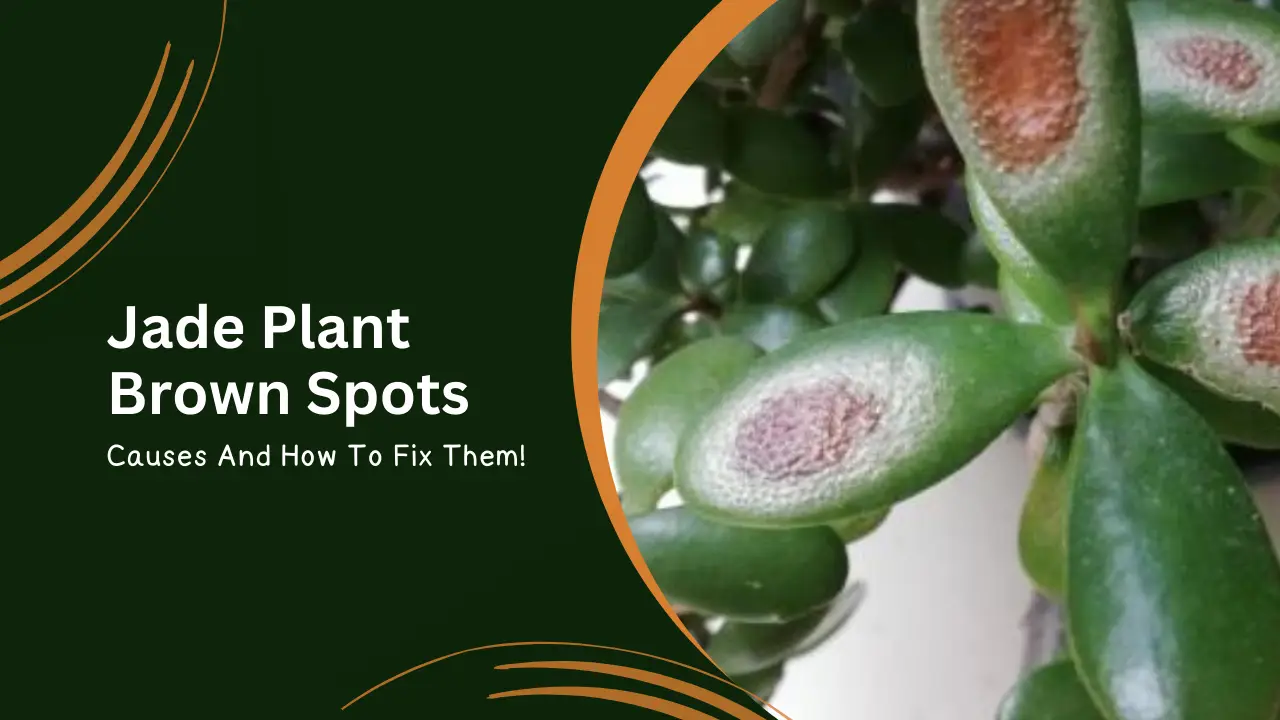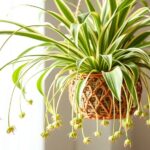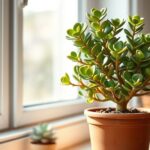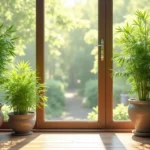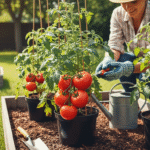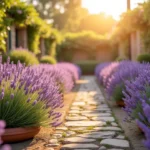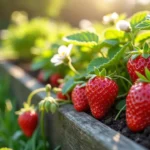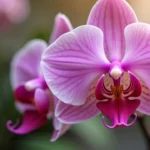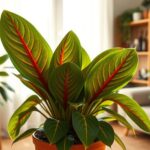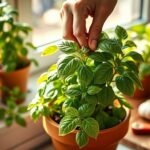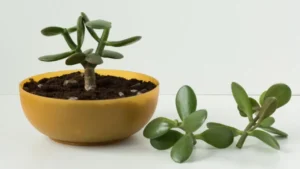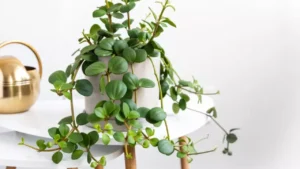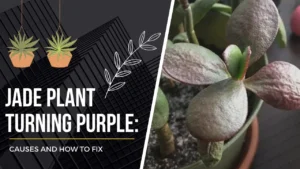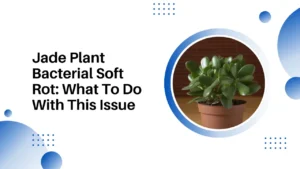Are your jade plant’s leaves turning brown? Worried that your beloved plant might be dying and beyond saving?
Don’t worry! Brown spots on jade plant leaves are a common issue, and with the right care, your plant can recover and thrive. In this article, we’ll explore the causes of leaf browning, effective treatments, and preventive measures to keep your jade plant healthy.
So, let’s dive in and learn how to bring your jade plant back to its vibrant best!
Table of Contents
Jade Plant Overview
Jade plants (Crassula ovata) are one of the most popular plants in the world. They are hard and can be easily grown at home. They thrive with less care. But one thing that can bother your Jade plant is its leaves getting brown. There are many causes of this issue.
Jade plants are tough plants that belong to South African rocky hills. They can be grown in dry and hot conditions. Also, they require a little amount of water to survive. They thrive well in full sun and they have minimal requirements to be healthy.
Like any other succulent plant, Jade plants have fleshy leaves and bulbous woody trunks that store water in them. They can survive in droughts and they like to be put in moisture-less soil. They do not prefer being wet.
It should be placed in a sunny spot if it is grown indoors. And also, it performs better if the soil you use for planting is well-draining. Do not fertilize it more often.
Major Causes Of Jade Plant Leaves Turning Brown
You do have to worry when the leaves of a jade plant turn brown as it may not be a serious warning always. Stress may cause foliage discoloration in your jade plant. The reason may be many, but keep in mind that overexposure to sun or over-moisturization will surely cause brown spots on the foliage.
The only thing that differs the both is the structure of the leaves. If the leaves are bulbous, then it is caused by overwatering. If the leaves are dried and twisted then the plant needs to be watered more. Along with these reasons, Jade plants also undergo many other problems that cause brown spots on the foliage. We will discuss the common causes of leaf browning.
1. Sunburn issues of Jade Plant
Jade plants love being in full sun. They thrive well in direct sunlight. So, when you leave your plant to stay in sunlight even in extremely high temperatures for a long time, it may lead to brown spots on the foliage that look like sunburns. This happens in the case of indoor plants that are suddenly replaced outdoors.
Your indoor jade plant takes at least 2 weeks to adjust to the outdoor climate. Even the Jade plants that grow on a windowsill and are exposed to a lot of sunlight, cannot survive outdoors in the hot sun. These Jade plants should get at least 4 hours of direct sunlight each day if grown indoors.
The Jade plants cannot adjust to the hot sun, for more than 5-6 hours, a day. The edges of your foliage might turn red in the hot sun. Do not trim the leaves that are slightly burnt. Because they generate energy to produce the new foliage. Cut off the leaves that are completely burnt.
Check out this image of jade plant leaves turning brown due to giving more than enough sunlight!
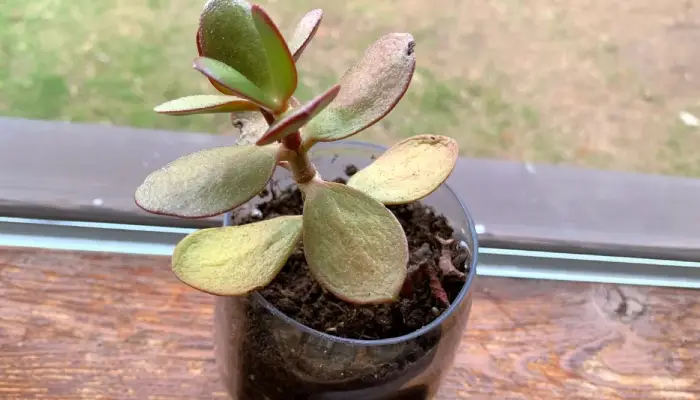
2. Watering-related issues in Jade Plants
Some water-related issues can bother your plant, let us know them in detail:
a) Overwatering issues of Jade Plant
It can damage your plant by causing brown spots on the foliage. Jade plants never like to sit in waterlogged soil for a long time. They prefer dry conditions to live. But they consume little water to survive. In the process of caring for your Jade plant, if you water it more frequently and the soil does not drain properly, the roots of the plant can sit in the water for a long time. This may lead to root rot. Always place your Jade plant on south or west window sills.
Given below is an image of jade plant leaves turning brown and falling off due to overwatering!
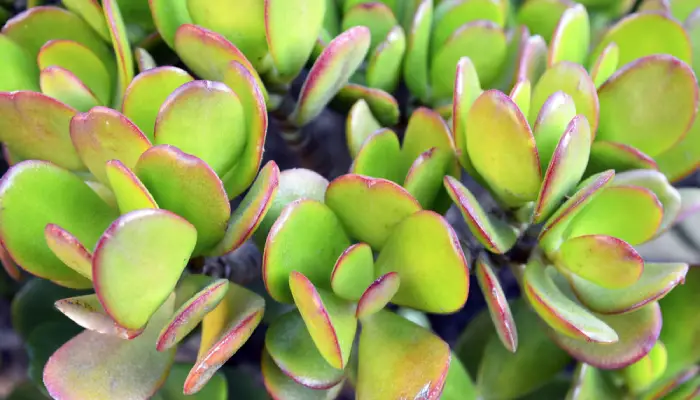
b) Edema issues of Jade plant
It is one of the rarest problems that is caused by water. The roots of the jade plant transfer the water to all its parts. If your jade plant is overwatered, the roots transfer more water to the parts of the plants.
So, the leaves are filled with water in a quantity that is more than enough.
They cannot use the excess water that forms as corky bumps on the brown leaves. Although Edema may not kill your plant, you need to be alert and stop watering it for a while. Do not keep it in humid conditions. Place it in direct sunlight and let the air pass to all the parts of the plant. It can be treated only by letting it dry before you water it again. Remember you should not provide overheat to it, it may not solve the problem but can create another.
Precautions for avoiding watering issues
- Water your plant only if you observe that 1-2 inches of the soil in the pot are dry.
- Use a well-draining soil mix for planting your Jade plant; normal soil and cactus potting mix together will be a good choice.
- Make sure that the pot you use to plant your Jade plant has a proper drainage system. It is better to fill the lower layer of the pot with gravel or pieces of bricks that prevent the holes from clogging.
- It is better if you place the pot in a tray of water and leave it for an hour. Soil absorbs the water through the drainage holes. Now let the soil dry before you water it again.
- Use a clay pot or terracotta that helps in evaporating the extra water in the pot. Your pot should have at least 1-2 holes for expelling the excess water.
- Remove all the leaves that are about to die to save the energy of the plant.
- Watering less during the winters or in cold climates will not lead to water-related problems.
- Water only once in 10-14 days. Reduce the quantity of water in cold conditions.
5. High humidity issues of Jade Plant
As it is said before, Jades do not like to stay in humid climates. It prefers a dry environment. In high humid conditions, the water in the soil cannot be evaporated and finally leads to the brown spots on the foliage. It may also result in fungal infections and the growth of black molds on the leaves of the Jade plant.
White molds may also grow on the surface of the soil. This indicates that the humidity is high, but it is not a dangerous sign. Gently remove the mold, by rinsing or wiping. Let your plant dry for a while or use fungicides to avoid fungal growth.
6. Water Salts issues of Jade Plant
Watering with tap water that has minerals and high salt content will also cause brown spots on the leaves. The roots absorb the inorganic matter in the water and transfer it to the leaves. These inorganic matter form deposits as white spots on the leaves of your Jade plants. Later the white spots turn into brown spots due to chemical burns. It is better to use purified water to wet your Jade plant.
7. Natural Causes issues of Jade Plant
The old and matured leaves turn brown and finally die naturally. It has no specific reason. The drop from the plant and in some cases the plant may lose more leaves, then it needs your attention. If the plant is not well then, it tells you by leaving its old leaves. Avoid this problem by providing more care to your Jade plant. But do not stress the plant by changing its environment suddenly.
8. Droplet Scalding issues of Jade Plant
We all know that water drops act as magnifying agents. While watering your Jade plant, if some water droplets settle on the leaves then they act as a magnifying glass and the sun rays that pass through droplets burn the leaves and can bring spots on the leaves before they get evaporated.
It may not be a severe problem, but it looks terrible. You should replace the pot of your Jade plant before watering and bring back the plant after it gets dried or else you can simply avoid misting the leaves and just water the soil. You can also water the Jade plant even in the evening of the summer when the temperatures are not too low.
9. Temperature extremes that affect your Jade Plant
Jade plants can survive in very hot climates and so, they are called Tough plants. But they cannot tolerate very low temperatures. Low temperatures cause discomfort for the plant, especially young plants. This discomfort may cause stress and finally lead to discoloration of leaves or can bring brown spots on the foliage. The suitable temperature of the jade plant which is grown indoors is 20-25 degrees Celsius in the spring and summer. In winters or cold conditions, the plant needs a temperature between 10-15 degrees Celsius.
10. Fertilizer-related problems in Jade Plant
Jade plants can be grown in normal soil and do not need nutrients to thrive. So, they often do not need fertilization. A low-power organic fertilizer, 2-3 times a year is enough for it to grow healthy. If you fertilize it more than it needs, it may produce burns on the leaves.
Avoid fertilizing it more than enough. It is better to do a small research before you fertilize the Jade plant. If you feel that you have fertilized it more than enough then gently flush the soil. The excess feeding comes out of the drainage holes with water.
11. Common Pests of Jade Plant
Sometimes pests may cause brown spots on the foliage of your Jade plant. Jade plants are not so resistant to pests. Scale, Mealybugs, and Spider mites can affect your plant. The brown scale especially brings brown spots on the leaves. The bumps are insects, they lie on the leaves.
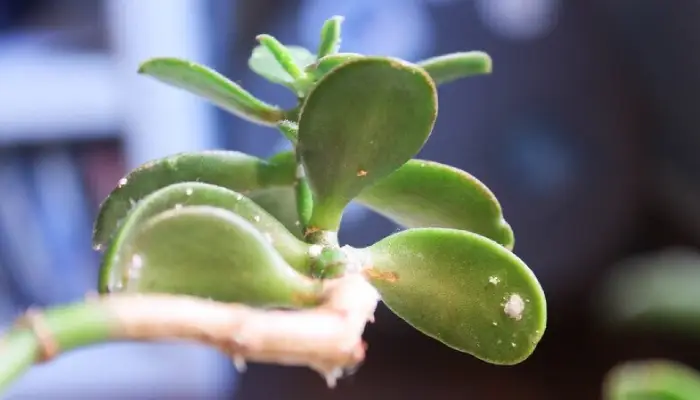
Spider Mites cannot be identified by just seeing them, use a magnifying glass to see the parts that are affected by them. The white and cottony growth of the insects on the plant, mainly on the stems and at the leaf nodes, is called Mealybugs.
Precautions for avoiding pest and diseases issues
Check out some of the precautions that we have mentioned below to avoid pests and diseases in jade plants.
- Wipe the bumps with the rubbing alcohol.
- Try applying neem oil to the infected leaves, this will help your plant get rid of the brown scale.
- You can also use the mixture of water and alcohol in a 5:1 ratio to which 5-10 drops of mild liquid dish wash should be added, to spray on the infestations.
- You can also use other pesticides that contain pyrethrin, to treat those pests.
- To prevent these pests, let your plant dry properly before you water it.
- Do not use peat-based fertilizers.
12. Common Diseases of the Jade Plant
Your Jade plant can resist many diseases if you care enough. But root rot and bacterial soft rot may bother your plant. High moist conditions cause these two diseases. White-colored powder that covers the leaves and the stems of your Jade plant is nothing but Powdery Mildew. It may not cause severe damage to the plant, but form as brown bumps on the leaves. It can be treated with a mixture of a cup of water, a spoon of baking soda, and a ½ spoon of mild dish wash.
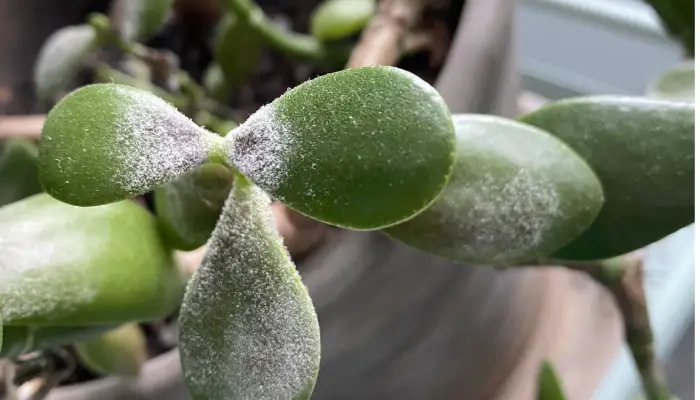
Conclusion
The Jade plant is a popular indoor succulent plant that can be maintained with less care. These plants look beautiful with the green fleshy leaves that are usually thick. It is a low-care plant so most people prefer planting them indoors to enhance the look of their homes.
Taking care of a Jade plant is very easy and it is a good idea to start with a Jade plant if you are a new gardener. The only thing you have to do is love your plant, show some care and be attentive to its needs and your plant will thrive.
We hope you like this article and if you have any further questions, drop a comment below, and don’t forget to share this article with your friends and family!

